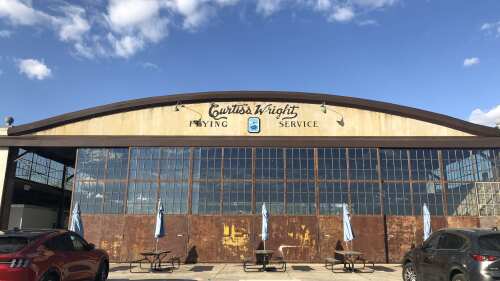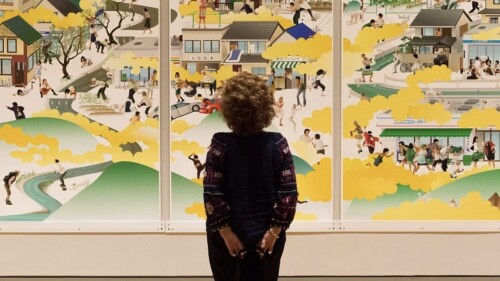Table of Contents
100 years. That’s how long women in the US have had the right to vote. The 19th amendment — which amended the Constitution to say that citizens can’t be denied the right to vote based on their sex — was ratified on Aug. 18, 1920 after being passed by Congress on June 4, 1919.
Gif via GIPHY
It was a long + difficult fight for women to achieve this, and 100 years of voting rights is a reason to celebrate. Before we pop the champagne, let’s take a look at what it took to get here. 👇
National suffrage
- The women’s rights movement began to organize nationally in 1848.
- In July of 1848, the Seneca Falls Convention was organized by Elizabeth Cady Stanton + Lucretia Mott (names you’ve probably heard before), and more than 300 people — mostly women — attended.
- Black suffragists, including Sojourner Truth + Ida B. Wells-Barnett, created their own groups, like the National Association of Colored Women’s Clubs.
- The amendment allowing women the right to vote was first introduced to Congress in 1878. It took 42 years to be ratified.
- 15 states adopted complete women’s suffrage legislation + 12 allowed women to vote for president prior to the 19th amendment. However, South Carolina was not one of these states.
- On Aug. 26, 1920 after many marches, protests, and debates, the 19th amendment was ratified, and on Nov. 2, 1920, more than 8 million American women voted for the first time.
Local suffrage
- The Rollin sisters – Frances, Charlotte, Louise and Katherine – were born to an elite family of Charleston’s free people of color + helped lead the women’s suffrage movement in Columbia and around SC. They formed the South Carolina Woman Suffrage Association in 1871.
- Frances’ husband, William J. Whipper, was a state representative who fought for universal suffrage on the state level.
- Following political corruption in the late 1870s and 1880s, the Rollin family moved from SC and the suffrage movement declined for a while.
- Virginia Durant Young came to the South Carolina suffrage movement in the 1890s + she worked with Robert R. Hemphill, a state senator, to attempt to push legislation.
- The South Carolina Equal Suffrage League (SCESL) was formed in May 1914. The first suffrage parade was held that year at the state fair.
- While the 19th Amendment was passed in 1920, South Carolina didn’t ratify the amendment until 1969.
Quiz











